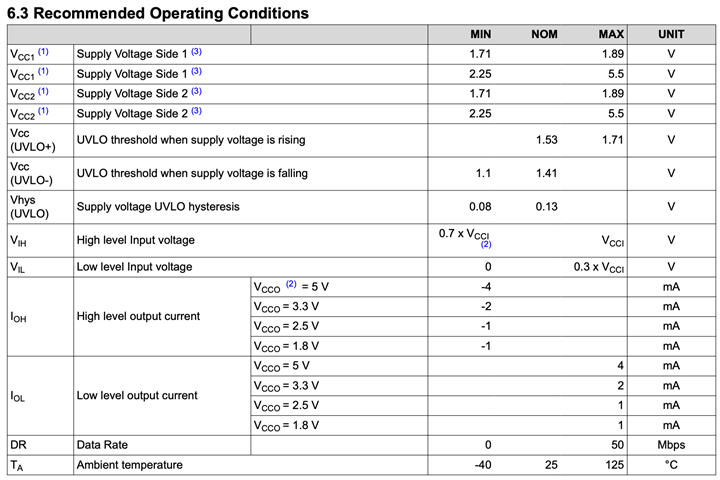Hi team,
I would like to ask the device VIH and VIL.
1. Since VIH (min) = 0.7*Vcc, VIL (max) = 0.3*Vcc, VIT+ (max) must be same as VIH (min), VIT- (min) must be same VIL (max). It is obviously, but are all tested?
2. If tested, can we know the distribution of both VIT?
3. VI Hys (min) =0.1*Vcc, it means, if my understanding is correct, there is VIT+ = 0.6*Vcc VIT- = 0.5*Vcc for example. Correct? This can be explained in detail if second question can be known.
4. Customer wonder whether ISO6760 reacts to noise of short period. Does the device have minimum pulse width? This question expects the case of >50MHz (<20ns) noise will cross the thresholds.
If some should be INTERNAL, please email me. I want to left the others public for future reference.
Best regards,
Hayashi


